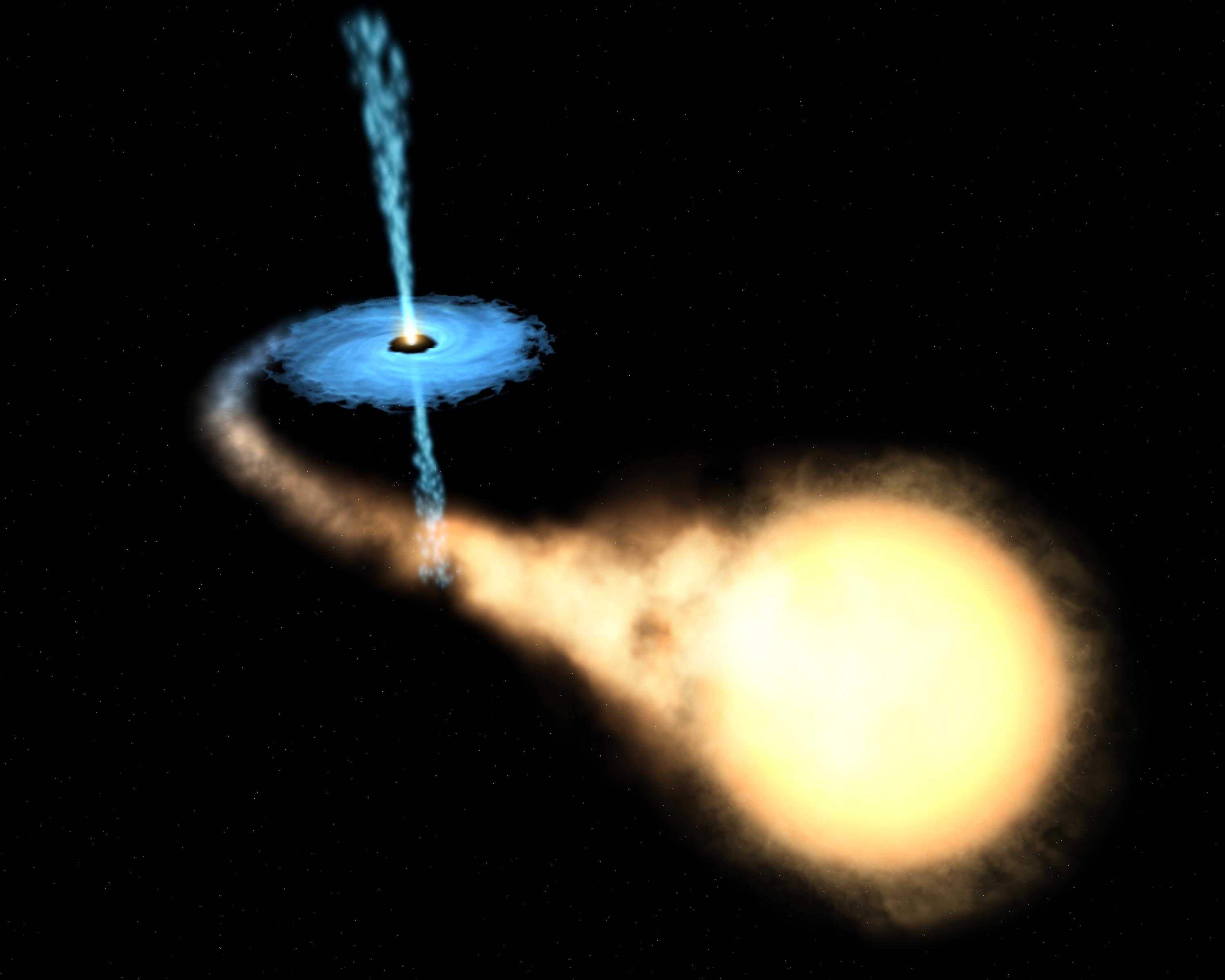
Astronomers used new observations from NuStar and XMM-Newton satellites to reveal the nature of a mysterious X-ray source, located in the Galactic Center region.
Source 1E1743.1-2843 was first observed using the Einstein Observatory, about 20 years ago. Although it has been monitored ever since, the findings from previous observations are inconclusive. The source is an X-ray binary, consisting of a compact object that accretes matter from its companion. Scientists are uncertain, though, whether the compact object is a Neutron Star or a Black hole and if the source is a Low Mass or a High Mass X-ray Binary. Previous observations have shown that there are no pulsations or quasi-periodic oscillations that would favor the High Mass scenario. But if 1E1743.1-2843 is a Low Mass X-ray Binary, then X-ray bursts should have been observed. These bursts are caused by thermonuclear flashes of the accreted matter that ignites on the neutron star surface, but haven’t been observed in the case of 1E1743.1-2843. This, however, could be explained, if intense magnetic fields were present, but the data do not detect such magnetic fields. This implies that if the source is indeed a Low Mass X-ray Binary, then either the accretion rate is high enough to allow stable burning of the accreted material or the accreting compact object is a black hole and not a neutron star.
Now improved observations with the NuStar satellite and almost simultaneous spectroscopy from the XMM-Newton allowed astronomers an unprecedented opportunity to investigate this X-ray source. Their analysis revealed that the compact object is a neutron star and not a black hole and the source is most probably a Low Mass X-ray Binary. According to the scientists, the lack of bursts can be explained if the source is located outside our Galaxy. Therefore, based on these results, 1E1743.1-2843 is a peculiar but not a unique object.
Publication: Lotti et al. 2016
